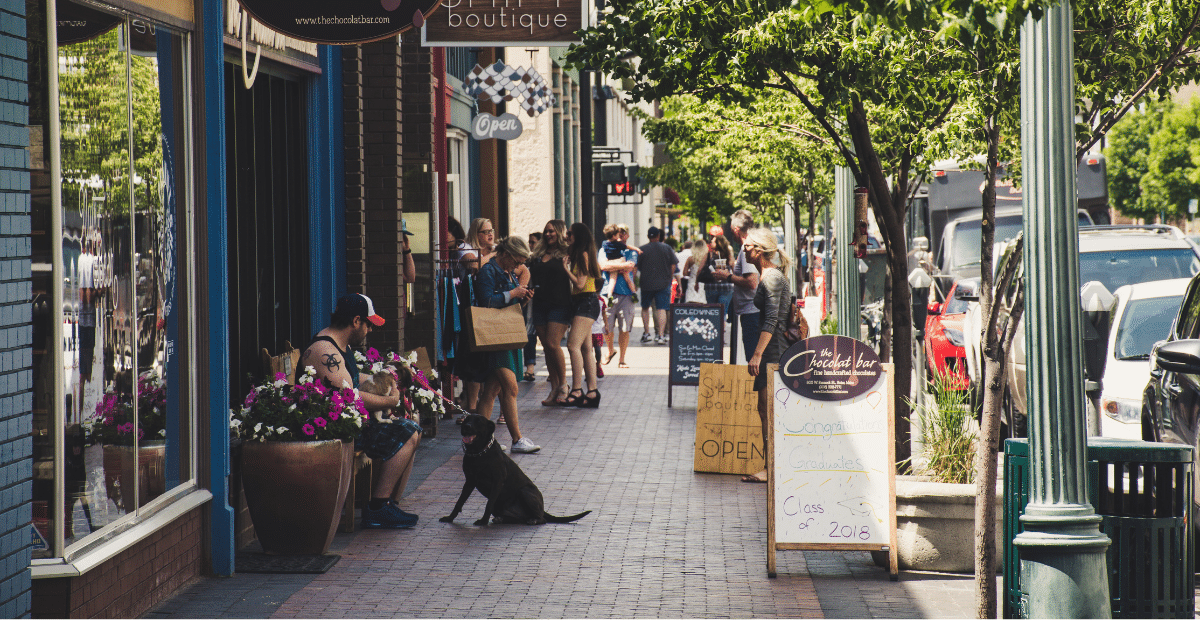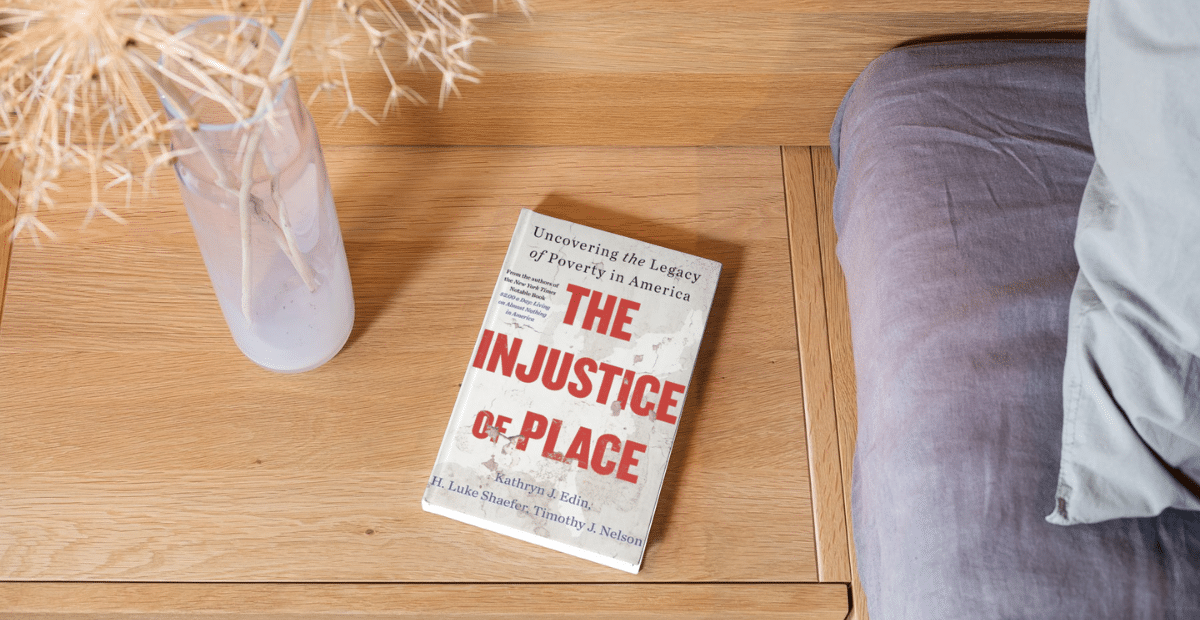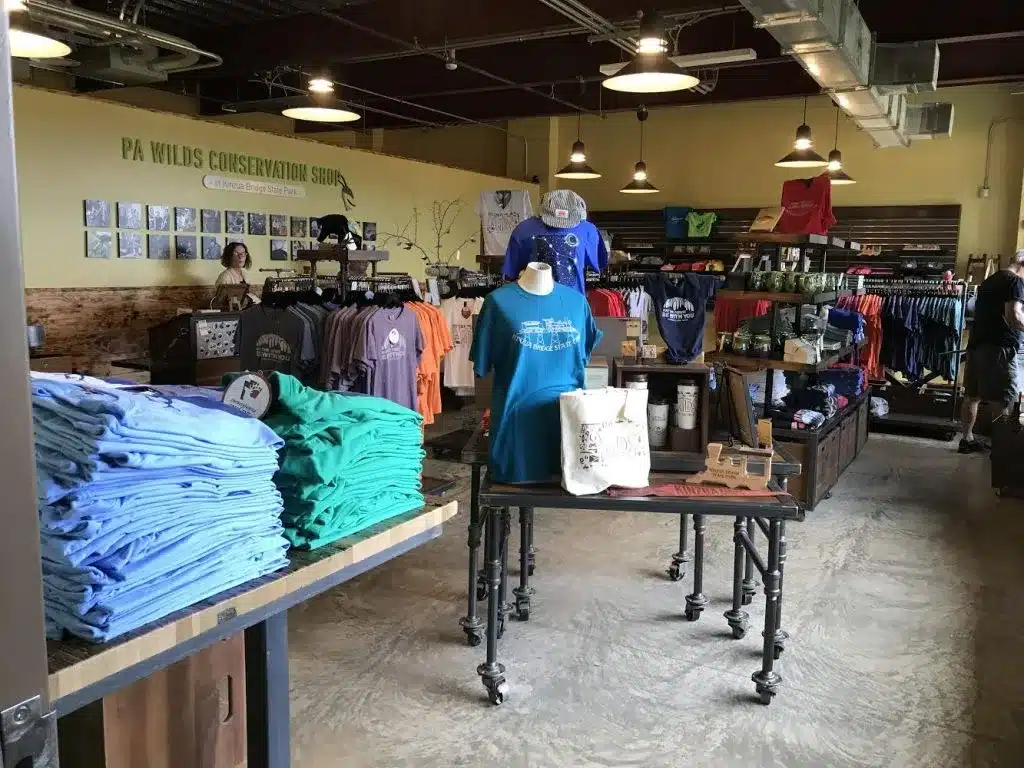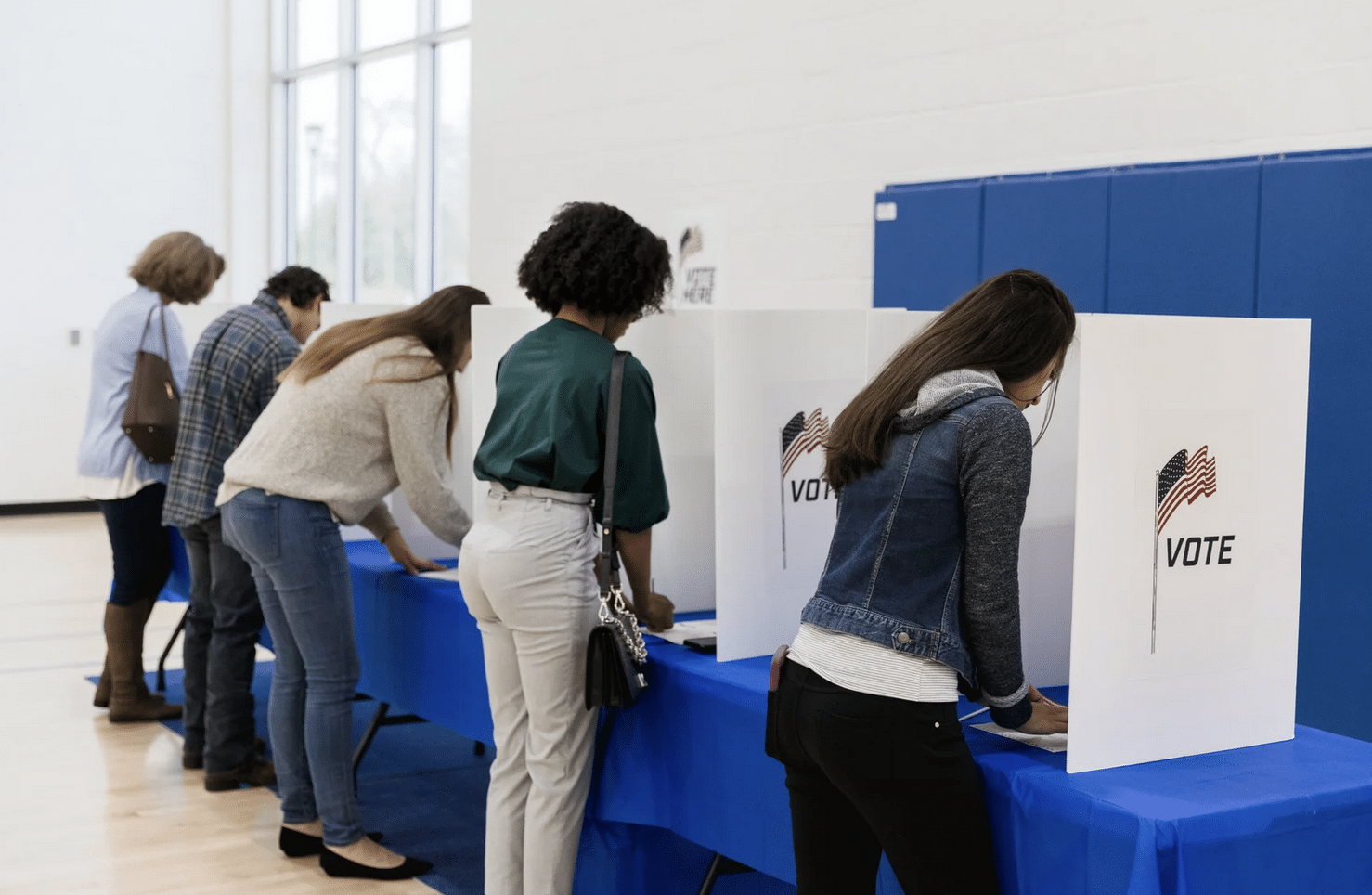What is Rural Placemaking And Why Does it Matter?
Rural placemaking is a powerful, community-led approach to creating spaces and systems that reflect local values, honor cultural identities, and foster well-being for all residents. A well-designed rural placemaking community space strengthens identity, builds connection, and supports shared prosperity. Through creative placemaking, asset-based planning, and inclusive rural development, placemaking transforms rural communities into vibrant places where people can live, work, and thrive.
For Indigenous communities, placemaking takes on an even deeper meaning. It is about creating functional spaces, honoring sacred connections and traditions, and reclaiming agency over development decisions. Indigenous placemaking requires centering Indigenous knowledge, practices, leadership, and, most of all, control in all aspects of planning and implementation, ensuring that efforts align with the community’s history, values, and aspirations.
At Aspen CSG, our Thrive Rural Framework highlights the need for placemaking efforts that prioritize equity, belonging, and shared prosperity—especially in communities historically excluded from decision-making, including communities of persistent poverty and Native nations.
Rural Placemaking and the Thrive Rural Framework
Aspen CSG’s Thrive Rural Framework provides a foundation for creating vibrant, equitable rural communities through building blocks (things that need to be true for thriving communities). Four of these are especially relevant to rural placemaking:
- Welcome All to the Community: Many people think of ‘welcoming’ as encouraging in-migration or recruiting people to offset population stagnation or decline and provide economic growth. When Aspen CSG talks about ‘welcoming,’ we mean that people are both welcomed and feel like they belong by having real agency in their region in terms of representation and civic participation. In order for communities to achieve their full potential, each and every person must be invested in community success and consider themselves represented in decision-making for the community. For that to happen, all residents must feel welcomed, connected, and valued as members of the community. Moreover, they must be logistically able to contribute to relevant decision-making and action processes in their community.
- Advance Personal Well-Being: Each person in the community has the skills, resources, and social supports they need to pursue and live a healthy, safe, and fulfilling life. Community governance, leadership, and local organizations must work together to improve the well-being of all residents, especially those who lack sufficient housing, health, workforce preparation, transportation, safety, and other factors critical to well-being. This includes examining and removing all discriminatory barriers to personal and family advancement based on personal characteristics such as socio-economic class, gender, identity, race, country of origin, religion, or place of residence.
- Build from Current Assets: Local economic development approaches concentrate first on identifying and building on the area’s existing people, place, business, and organizational assets to increase both well-being and equity outcomes. Over the last half-century, rural economic development approaches have overemphasized the recruitment of business from outside the area as its first order of business – to the detriment of strengthening the local businesses and people and place assets that are the true foundation on which current and future development and prosperity depend. In emerging wealth-building approaches to development, communities first identify and understand their natural, social, network, infrastructure, business and organizational, financial, and people assets, and seek to strengthen each asset, especially to benefit those previously left out, through every development effort.
- Design for Everyone to Thrive: Rural communities, like any community, do better when more of the people who live and work there do better. Too many rural places in the United States are home to persistent and deep poverty, especially (but not only) among native/Indigenous, people of color, and immigrants, due to the legacy of historic and ongoing discriminatory economic development and resource exploitation. This principle focuses on building spaces and systems that are accessible and functional for all residents, regardless of ability, income, or background. In Indigenous communities, this means ensuring projects reflect traditional land stewardship practices, prioritize environmental sustainability, and align with cultural values. Whether creating gathering spaces for ceremonies, aligning job training with youth education efforts, or ensuring clean water access, the focus is on designing spaces and systems that honor the community’s unique identity and meet the needs of current residents.
By embedding these principles into placemaking efforts, rural and Indigenous communities can create spaces that nurture identity, connection, and opportunity for future generations.
Rural Placemaking Community Spaces in Action: Decisions and Outcomes
Rural placemaking is about turning community-driven vision into actionable, impactful decisions. Examples of successful rural placemaking community space initiatives tailored to rural and Indigenous communities include:
- Reclaiming Cultural Spaces: Indigenous placemaking often focuses on restoring cultural and ceremonial sites, such as creating community centers that serve as spaces for storytelling, art, and intergenerational learning. This is also vitally important in non-native/indigenous communities, especially in terms of regional history from every perspective.
- Investing in Connectivity: Expanding broadband in remote areas supports telehealth, online education, and economic opportunities, helping residents—especially in Indigenous and underserved rural communities—bridge systemic gaps.
- Reimagining Vacant Properties: Transforming abandoned buildings into community hubs, small businesses, training facilities, or housing addresses economic challenges while fostering local connection.
- Honoring Land Stewardship: Placemaking in Indigenous contexts often integrates traditional ecological knowledge into the design and use of public spaces, ensuring that projects respect the environment and the community’s relationship with the land. The land and natural resources are important in all rural regions. Understanding and valuing the role and interdependence residents have with these assets for their economic and personal well-being is needed for planning and decision-making.
When rooted in community engagement and guided by equitable frameworks, these strategies help rural and Indigenous communities navigate systemic challenges while building stronger futures.
The Benefits of Rural Placemaking Community Spaces
When done thoughtfully, rural placemaking community spaces create measurable and lasting benefits for communities:
- Economic Growth: Centered on local wealth creation rather than just attraction, revitalized spaces attract capital, lead to business development and investment; creating jobs and bolstering local economies.
- Cultural Preservation: Especially for Indigenous communities, placemaking protects traditions and fosters pride in cultural heritage.
- Stronger Social Bonds: Inclusive public spaces unite residents, reduce isolation, and foster collaboration.
- Environmental Resilience: Designs that honor land stewardship and sustainability prepare communities to adapt to climate challenges.
- Equity and Justice: Placemaking centers marginalized voices, ensuring decisions address the needs of everyone, especially those historically excluded.
Best Practices for Building a Rural Placemaking Community Space
Professionals and practitioners can take actionable steps to begin or strengthen local placemaking efforts:
- Engage the Community Early: Include residents in all stages of planning to build ownership and trust
- Start Small: Launch low-cost projects such as temporary pop-up parks or seasonal markets to demonstrate success and interest and build momentum
- Center Cultural Identity: Incorporate local heritage, art, and traditions into space design
- Build on Local Assets: Leverage existing businesses, pubic buildings, and natural spaces to maximize community impact
- Use Available Toolkits: Our resources offer practical guidance and real-world examples for building thriving rural community spaces
- Strengthen Local Ownership and Influence — This toolkit explores how rural communities can shift power and governance locally, promoting shared ownership models and inclusive decision-making that keep wealth, opportunity, and leadership within the community
- Field-Based Rural Placemaking Event Recap — This event recap of a ROAD session hosted by the Housing Assistance Council features practitioner stories, concrete strategies, and lessons learned from implementing rural placemaking projects—ideal for professionals seeking real-world insight into community-led rural public spaces
- Rural America Placemaking Toolkit — This toolkit provides a curated, interactive guide to placemaking strategies, project examples, and how-to resources tailored for rural communities looking to design vibrant, equitable rural placemaking community spaces
Ready to explore how rural placemaking can transform your community? Learn more about Aspen CSG’s Thrive Rural Framework and access resources to get started. Together, we can build a future where all rural and Indigenous communities thrive.






